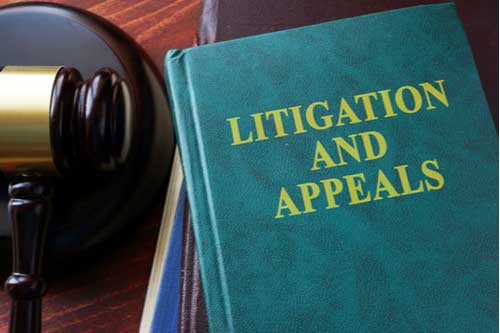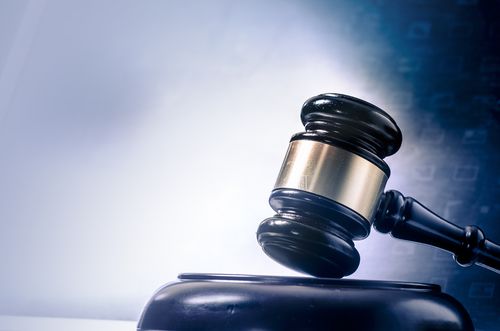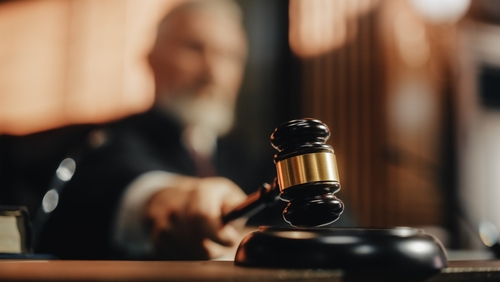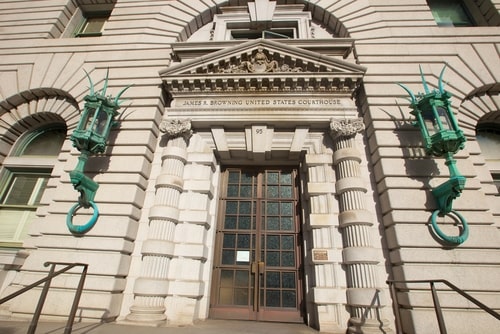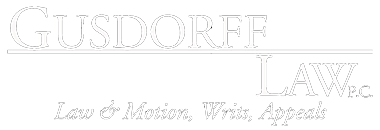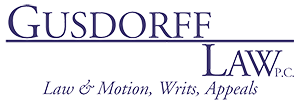- Appellate Litigation
California appellate courts will generally not review issues that were not properly preserved at the trial level. But what does it mean to “preserve” an issue, and why does it matter? More importantly, what will the court examine as it answers this question?
Preservation of Error: What Is It?
Trial courts are generally considered the best forums for resolving factual disputes. Judges and juries are the ones directly exposed to the parties’ evidence and arguments. They hear the testimony for themselves, and also pick up on certain intangibles like facial expressions. When an error is allegedly made during the trial, the appellate court may be asked to review it. But the court will generally require the error to have been adequately preserved.
Preservation of error means objecting, raising issues, and making arguments during the trial that are reported and included in written or oral record that the appellate court will later review. Failure to preserve will almost always result in waiver or forfeiture of your legal arguments on appeal. The preservation requirement exists, in part, because of fairness. In most trials, both parties invest considerable time, effort, and money in building their cases.
Throughout litigation, attorneys are supposed to anticipate objectionable issues and call them to the opposing counsel’s and the court’s attention, so that opposing counsel can respond and the court can course-correct before the final judgment. Many trial attorneys know this, but nevertheless inadvertently forget to renew their objections after a judge has deferred ruling on them (for instance, until after other testimony has been offered).
Imagine that the plaintiff introduced a piece of evidence that the judge admitted in clear violation of the rules. The defendant should timely object to this and make its argument. But now imagine the defendant stays quiet and fails to object. Only when the defendant loses does it suddenly take issue with the objectionable evidence. The defendant decides to appeal and raise its arguments for the first time. It would be unfair to allow the defendant to have said nothing when the issue could have been corrected.
Trial courts are the proper forum for not just resolving factual disputes, but fixing correctable errors. Appellate judges therefore expect litigants to make proper use of trial court proceedings (including objections) to correct mistakes. Hence the requirement to properly preserve.
What Will the Appellate Court Consider?
First and foremost, did the appellant actually object to the alleged error? Secondarily, were the grounds for the objection the same as the grounds on which the appellant now claims reversible error? Going back to the evidence example, the appellant should make a timely objection (ideally, immediately) to the alleged error. Moreover, the appellant should state specific grounds as to why it was an error.
The appellate court will also expect that the appellant obtained a ruling to the objection. Not all trial court judges clearly rule on objections. Some even ignore them, and allow the testimony or evidence presentation to continue. In still other cases, the judge may delay ruling on an objection until testimony progresses. But he or she might forget to decide on the objection later. Without a clear ruling, an appellate court won’t necessarily know what the judge did (or didn’t do), or, the appellate court may determine that the appellant failed to renew its objection and has waived or forfeited the claim.
It should be noted that objecting is not enough in every case. The appellate court may expect that the appellant made a sufficient offer of proof during trial. Take, for instance, a trial witness who was excluded from testifying. An offer of proof is essentially a record of what the witness would have testified if permitted to do so. There are complicated rules and best practices for making an offer of proof. But it can be critical to preserve certain contentious issues.
Guiding Your Appeal Each Step of the Way
The above is a simplified overview, with some examples, of what appellate courts look for in the way of preservation. Excluded (or admitted) evidence, witness testimony, jury instructions, and more can come under appellate scrutiny. But the way to get there is through preservation. Do you have a question about whether an issue was preserved in your appellate case? Ask Gusdorff Law today.


